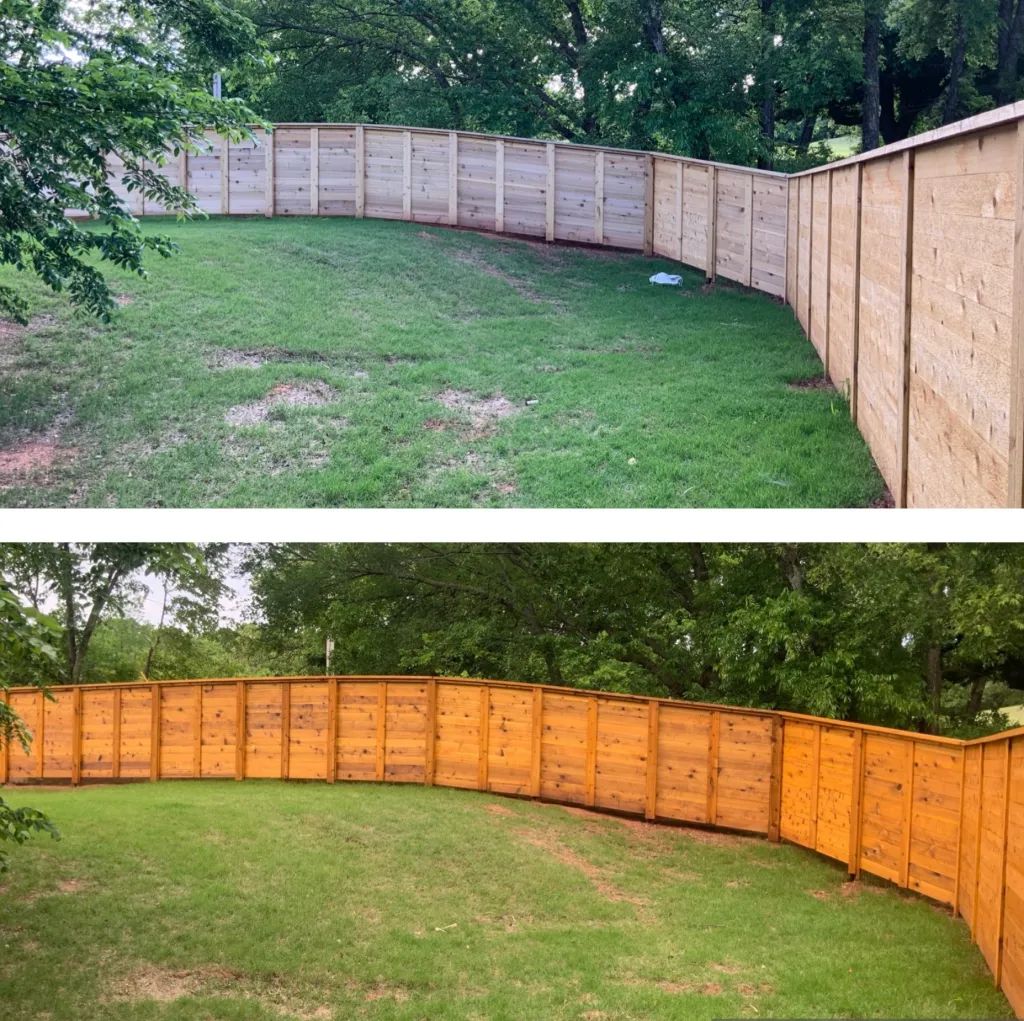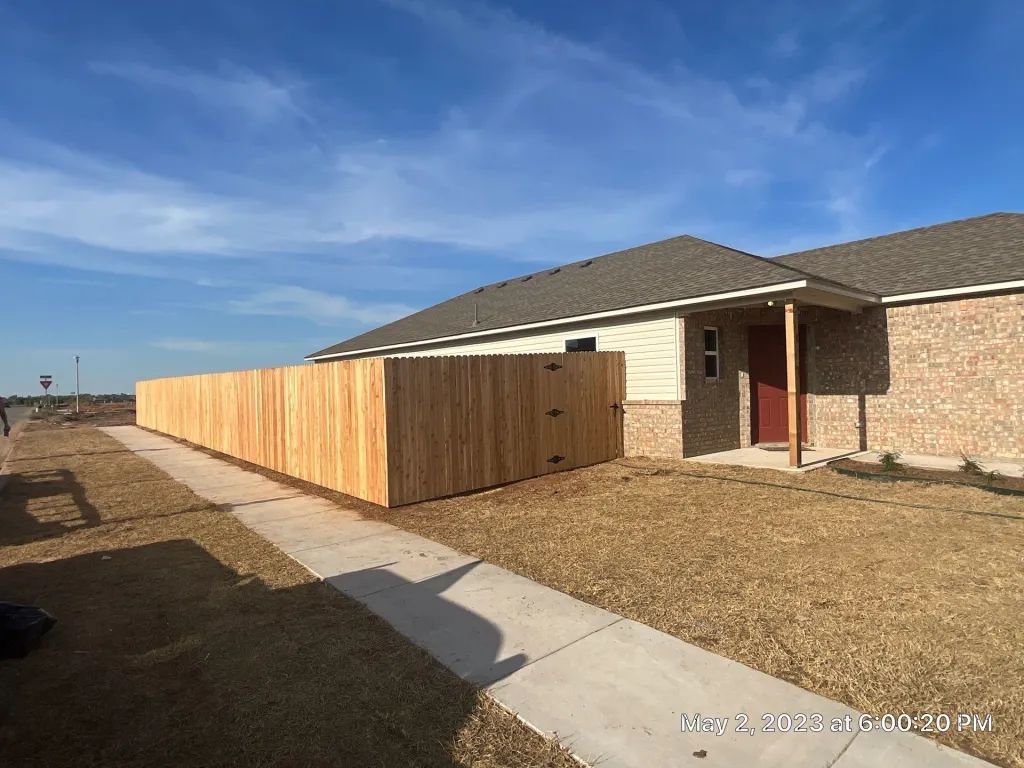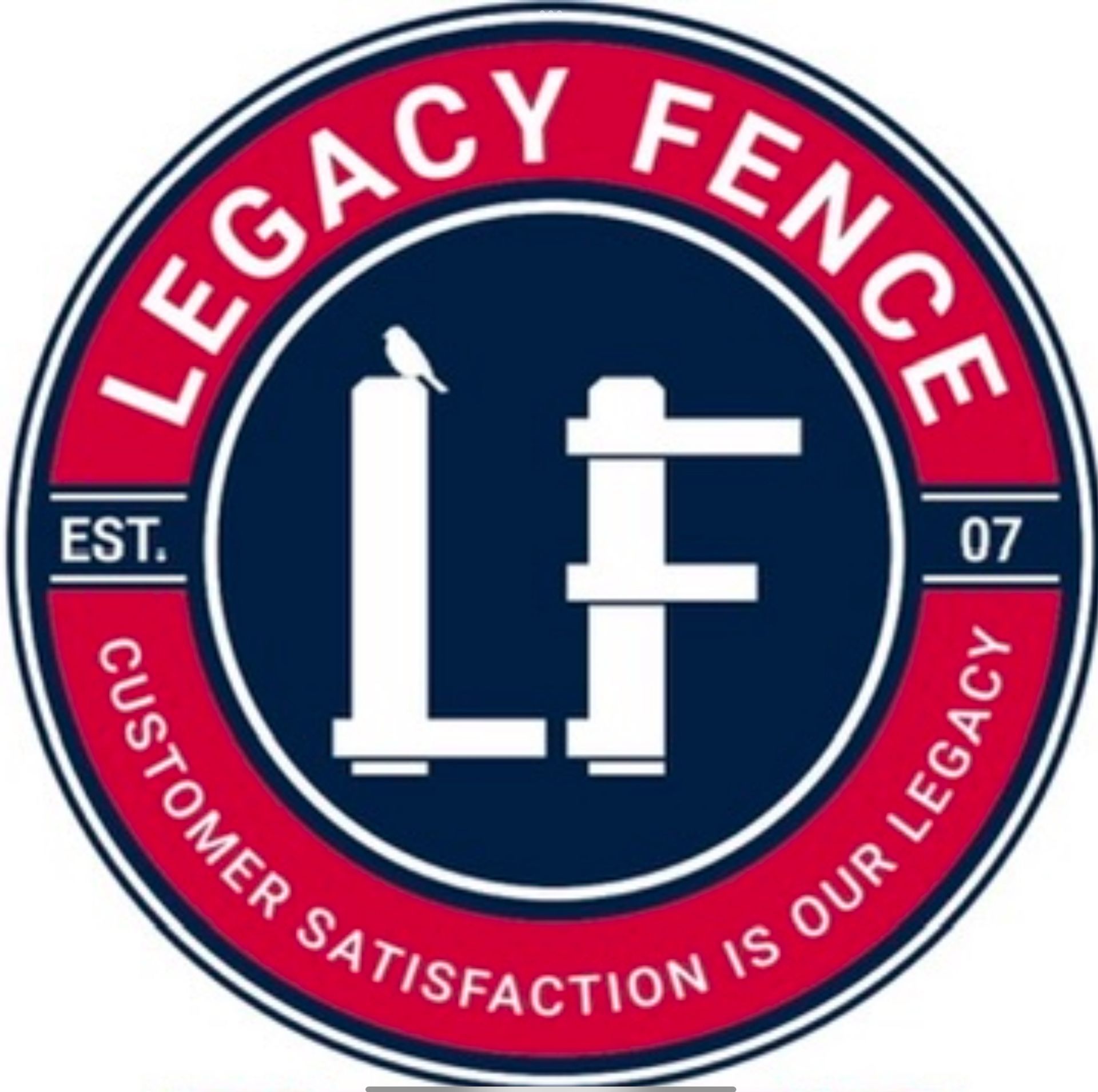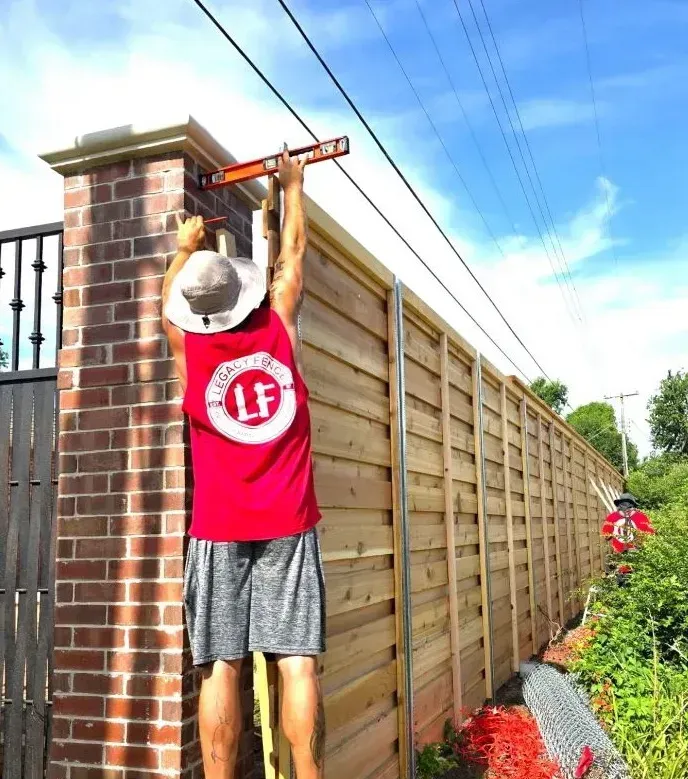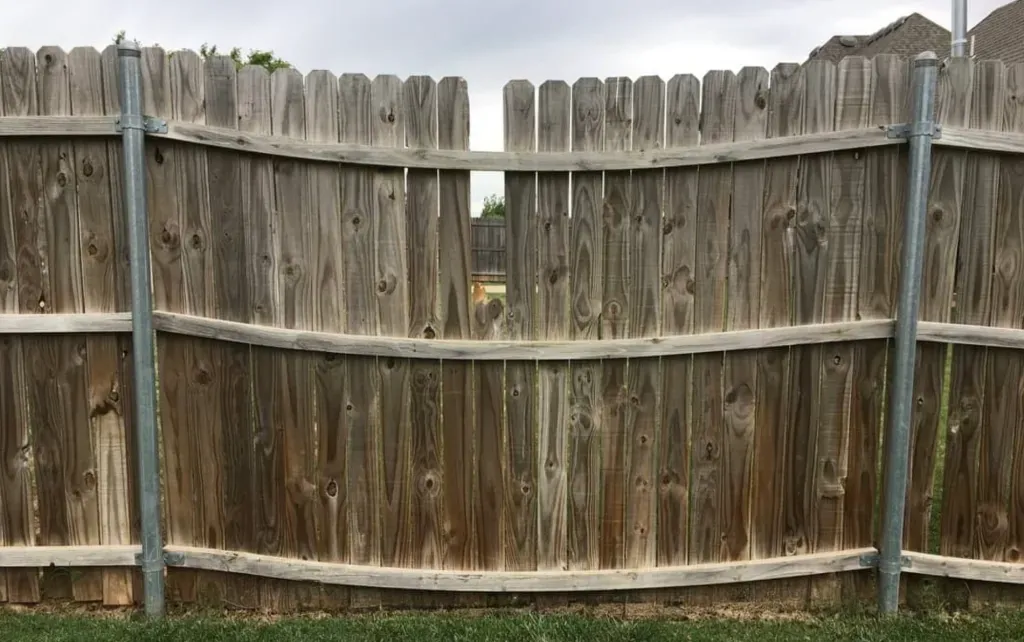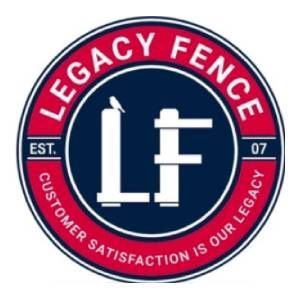Leaning Fences: The Hidden Cost of Poor Installation
“Old Grey and Leaning? Why That Fence Isn’t Just Aging—It’s Failing.”
If you’ve ever driven through a neighborhood and seen a leaning, weathered grey fence, you’ve probably thought, “That’s just what happens with age.” And you’re not alone. Many homeowners assume it’s normal for fences to start leaning and turning grey as they get older—but that’s a costly misconception.
At Legacy Fence, we believe your fence should stand tall and strong—not slump over like it’s given up. Let’s break down why that old grey lean isn’t just natural aging—it’s a red flag.
Weathered ≠ Weak—But Often, They Go Hand-in-Hand
Cedar and other wood fences will naturally change color over time, turning a silvery grey as they weather. That’s normal and can even look beautiful with the right care. But a lean? That’s not just age—it’s failure in construction, materials, or maintenance.
Why Fences Lean Over Time (And Why They Shouldn’t)
- Shallow Post Depth
If your fence posts aren’t set deep enough—especially in Oklahoma where the frost line is only about 18 inches—they’ll start to move. At Legacy Fence, we set posts at least 24″ deep to keep them stable from the start. - Poor Hole Shape
This one’s overlooked by a lot of installers: If the hole is narrower at the bottom than the top (like a cone), the post can wobble and lift over time—especially during freeze-thaw cycles or high winds. Proper holes should be straight-sided or even bell-shaped at the bottom to lock the post in place and give it a strong foundation. - Poor Drainage
Water pooling around the posts can rot wood or shift concrete footings. If your yard holds water, and your builder didn’t account for it, that fence is on borrowed time. - Cheap Materials
Using thin pickets, undersized posts, or cut-rate concrete to save a few bucks leads to fences that bow, sag, and lean. - Cut Corners During Installation
No matter how good the materials are, a fence is only as strong as the crew building it. If things like bracing, spacing, and post setting weren’t done right from the start, that lean is inevitable.
Leaning Is Not a “Normal” Stage of Life for a Fence
It’s a sign that something went wrong—either in how it was built, what it was built with, or how it’s been maintained. A properly installed and well-built fence shouldn’t lean if it was done right.
What Should You Do If Your Fence Is Leaning?
- Get a professional opinion. A reputable fence builder (like us!) can tell you whether it’s worth repairing or if it’s time for a full replacement.
- Don’t just prop it up. Adding temporary support won’t fix the underlying issue—it just delays the inevitable.
- Invest in quality. Whether you’re replacing a fence or building new, do it right the first time. It’ll save you time, stress, and money down the line.
The Legacy Fence Standard: Built to Last
At Legacy Fence, we don’t cut corners. We use thick cedar pickets, steel-reinforced gates, deep-set posts, and techniques proven to withstand Oklahoma winds and weather. That’s why our fences don’t lean—we build them to stay standing straight and strong, even after they’ve weathered to that rustic grey.
Because customer satisfaction is our legacy—not leaning fences.
Ready for a fence that stands the test of time? Contact Legacy Fence today for a consultation.

